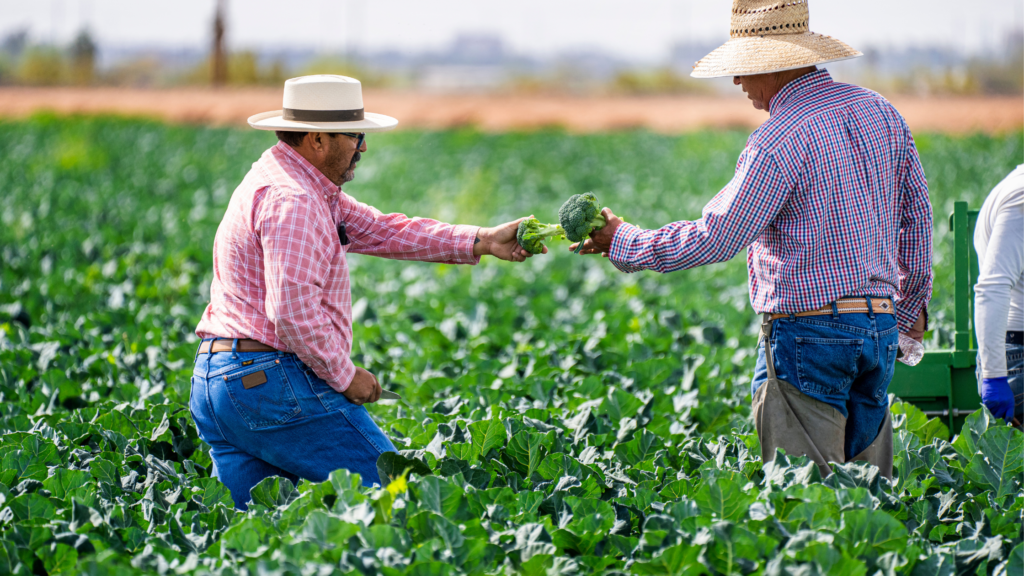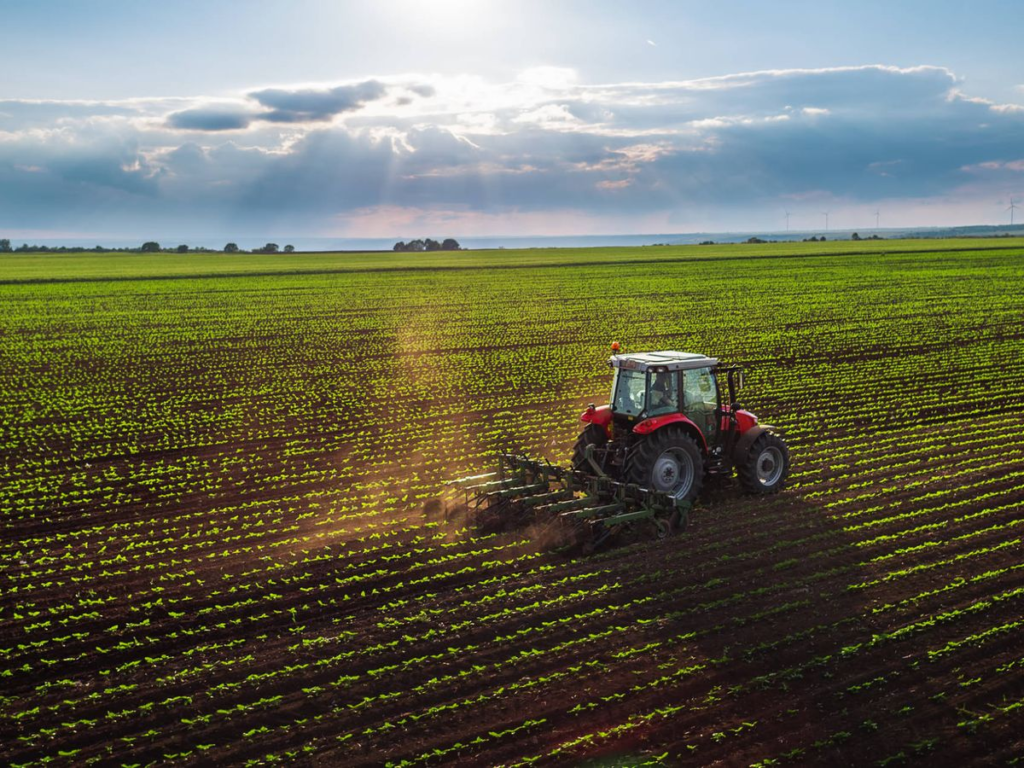Organic farming in the United States is no longer just a small movement; it’s a growing revolution. With consumers becoming more aware of what they eat and how it affects the environment, organic farming is gaining popularity at a rapid pace. The industry is evolving with new practices, technologies, and philosophies that are making it more sustainable, profitable, and accessible.
In this article, we explore the most exciting organic farming trends emerging across the U.S. that are shaping the future of agriculture.

1. Regenerative Organic Agriculture: Healing the Soil
One of the strongest trends in organic farming today is regenerative agriculture. This method goes beyond just avoiding chemicals — it focuses on improving soil health, increasing biodiversity, and capturing carbon in the soil.
Farmers are using cover crops, crop rotation, and composting to naturally enrich the soil. Healthy soil means better water retention, more nutrients for plants, and less need for artificial inputs. Regenerative practices are not just good for the environment — they’re also increasing yields and profits for farmers.
Many U.S. farms are now applying for the Regenerative Organic Certification, which requires them to meet high standards in soil health, animal welfare, and worker fairness. This certification is gaining traction in the market as consumers prefer brands that support ethical and sustainable practices.

2. Local and Small-Scale Organic Farming on the Rise
Consumers today are seeking fresh, local produce that supports nearby farmers. This demand has led to a rise in small-scale organic farms that grow seasonal fruits and vegetables and sell them through farmers’ markets, CSAs (Community Supported Agriculture), and local grocery stores.
These small farms focus on diversity rather than monocropping. They often use manual techniques, natural pest control, and traditional knowledge to grow food in a way that respects nature. The “buy local” movement is helping these farmers build stronger relationships with their communities and earn better incomes by cutting out middlemen.
Urban areas are also seeing a growth in rooftop gardens, vertical farms, and backyard organic plots — all part of the shift toward more self-reliant and community-based food systems.
3. Technology Meets Organics: Smart Farming Tools
Organic farming is not stuck in the past. Many organic farmers are now using cutting-edge technology to monitor soil conditions, water use, and plant health. Drones, sensors, and AI-powered apps help reduce waste and make farming more efficient.
For example, moisture sensors in the soil can tell a farmer exactly when to water, preventing overuse of water. Satellite imagery and drone mapping help farmers identify pest problems before they spread. Some farms are even using solar-powered equipment and data-tracking tools to keep operations eco-friendly.
By combining traditional farming wisdom with modern technology, organic farmers are making their work more productive and sustainable than ever.

4. Organic Livestock Practices Gaining Ground
Raising animals organically is becoming more popular too. U.S. consumers are now more conscious about how animals are treated. Organic livestock farming means animals are fed organic, non-GMO feed, have access to the outdoors, and are not given antibiotics or synthetic hormones.
Pasture-raised chickens, grass-fed cattle, and free-range pigs are part of a growing trend. These practices improve the quality of meat, dairy, and eggs while also reducing the environmental footprint of animal farming.
Some farms are integrating livestock with crop systems, where animals help fertilize the soil naturally. This closed-loop system reduces waste and increases the overall health of the farm.
5. Climate-Resilient Crops and Practices
With climate change creating more unpredictable weather patterns, organic farmers are adapting by growing climate-resilient crops and practicing agroforestry — planting trees alongside crops to protect them from heat and wind.
Heirloom and native seed varieties are also making a comeback, as they are often better adapted to local climates and resistant to pests. These seeds are passed down through generations and carry valuable genetic diversity.
Farmers are also investing in water-saving techniques such as drip irrigation and rainwater harvesting to deal with droughts and water shortages, especially in western states.
6. Organic Certification and Direct-to-Consumer Models
To stand out in a competitive market, many organic farmers are getting certified by the USDA or other third-party organizations. Certification adds credibility and opens the door to higher prices.
At the same time, many farmers are using direct-to-consumer sales models like farm boxes, online marketplaces, and subscription-based food delivery. These models not only increase profits for farmers but also help build trust with consumers who want to know where their food comes from.
Social media has also become a powerful tool for organic farmers to connect with buyers, share their stories, and showcase their eco-friendly practices.
7. Diversity, Equity, and Inclusion in Organic Farming
Another emerging trend is the push for equity and inclusion in organic agriculture. Minority and women farmers, who were often left out of the traditional agriculture system, are now finding support through government grants, training programs, and organic cooperatives.
Organizations across the U.S. are working to break down barriers and bring new voices into organic farming. This creates more innovation and helps bring organic food to underserved communities.
Conclusion: A New Era of Organic Farming
Organic farming in the U.S. is not just a trend — it’s becoming the new standard. From small family farms to high-tech operations, farmers are embracing organic methods that protect the earth and provide healthier food.
With continued support from consumers, policymakers, and communities, the organic farming movement will likely continue to grow in both size and impact. The future of farming is green, local, ethical, and smart.
Read more :- Top 10 Best American Superfoods That Boost Immunity Naturally





